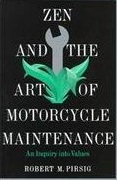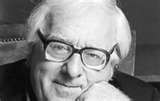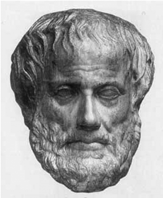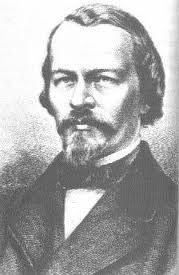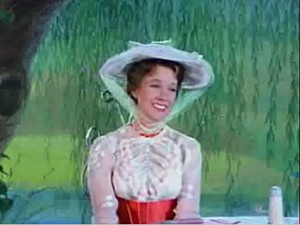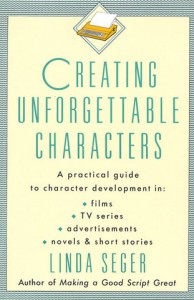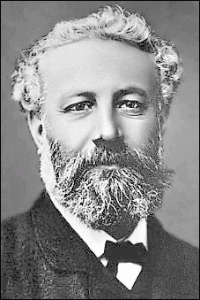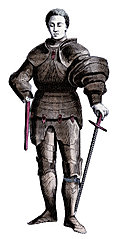 Did you have Show-and-Tell in elementary school, where you brought in some object of interest, showed it to the class, and told them all about it? The shown object gave something for the class to look at while listening to the speaker’s narration about it. The whole process wouldn’t have worked as well if it were just Show or just Tell, would it?
Did you have Show-and-Tell in elementary school, where you brought in some object of interest, showed it to the class, and told them all about it? The shown object gave something for the class to look at while listening to the speaker’s narration about it. The whole process wouldn’t have worked as well if it were just Show or just Tell, would it?
Today I’m tackling the age-old caution given to writers to “Show, don’t Tell,” which I briefly mentioned here. As with many of my blog topics, I’ll write about it as if I’m an expert, though I still struggle with the concept in my own fiction. First let’s define terms. In writing, “Show” means to convey to the reader a sense of being inside a character, experiencing what the character is going through, portraying the character’s senses, thoughts, and feelings. “Tell” means to describe or inform in narrator fashion, mainly using facts much like a journalist would use his “who-what-when-where-why-how” model.
In Showing, you really engage the reader. Remember that the purpose of storytelling is not just to convey information, but to create a reaction in the reader, to entertain (and I mean that in the broad sense, not the comedic sense). Showing does that in a way Telling never can. Think of the best stories you ever read. Chances are you felt a part of the story as you read along, and that made you care about the characters and about the outcome. Unfortunately, Showing typically takes more words. It’s very hard to be blunt while Showing.
On the other hand, Telling can be very compact. You can convey a lot of information with very few words. However, Telling is often boring. It doesn’t engage your reader for long or help her care about your characters.
My advice is to use both techniques, but learn when to use each. Showing is necessary for the more dramatic moments of story scenes. It’s vital to show the key moments of your protagonist’s struggle to resolve the conflict of your story. However, events have to happen between these key dramatic moments. Use Telling to catch the reader up on these in-between events.
The suggestion to combine some Telling with Showing isn’t just my idea, but any writer will pretty much tell you the same thing. Why, then, do you still hear the “show, don’t tell” advice? It’s because Showing is harder to write than Telling, and it’s easy to lapse back into that narrative, journalistic way of writing. It’s difficult getting into a character’s head and conveying the character’s feelings and impressions. You have to force yourself to Show. Although writers must Tell on occasion, they need not be reminded to do that.
One key to writing well in both the Show and the Tell mode is to choose details wisely. That is well worth a future blog entry all by itself.
So just like in elementary school, it’s important to both show and tell. For now, class dismissed. Your homework assignment is to leave a comment with your opinion about the “show, don’t tell” admonition, to–
Poseidon’s Scribe

